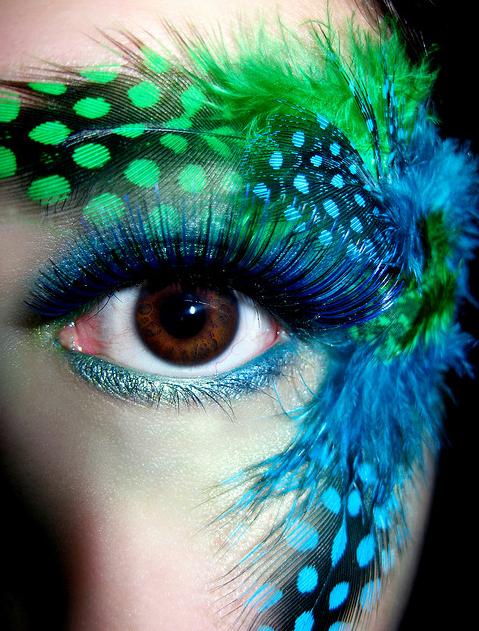They are made using dimensionally stable, medical quality PMMA (Acrylic). This material is compatible with being surgically inserted into the body, therefore allergies to the material are highly unlikely.
When will I get my prosthesis?
In six weeks after your surgery you will be fitted with a temporary prosthesis at the ocularist's office. On your second visit, approximately a year later, you will be fitted and receive your permanent prosthesis.
Will my prosthesis look like my other eye?
Yes, the prosthesis looks very natural. The color and appearance are made to match your other eye.
What kind of results can I expect?
Results vary from person to person and are dependent on factors such as age, type of surgery/implant, and general condition of the eye socket. See examples of actual patient results for a general idea of optimal results, however please discuss your anticipated results with the ocularist at our center.
Will people notice that I have an artificial eye?
Patient results vary from case to case, however many people have artificial eyes and successfully conceal this from the public (and in some cases, even from close family and friends!) Please share any concerns you have regarding the results of your prosthesis with your ocularist at our center.
Is the application of prosthesis painful?
In adults, or co-operative subjects, the fitting is not at all painful.
How often should I remove my prosthesis?
In the case of enucleation, routine removal of an ocular prosthesis is not recommended. As long as the prosthesis remains comfortable, it should not be removed. However, the prosthesis may accumulate residual mucous secretion deposits on its surface. These deposits warrant removal and cleaning. After following the recommended cleaning procedure, reinsert the prosthesis. It is important to minimize the frequency of removal. This seems to result in fewer problems with mucous discharge. Most people are able to keep the prosthesis in place until the next scheduled visit with the Ocularist. This can be for as long as six months. Your Ocularist and Ophthalmologist will help you decide an appropriate care plan.
How often do you have to see an ocularist?
The ocular prosthesis, like hard contact lenses, needs to be polished regularly in order to restore the acrylic finish and insure the health of the surrounding tissues. It is generally recommended that infants under 3 years of age be seen every 3 months; patients under 9 twice yearly, and all other patients at least once a year.


